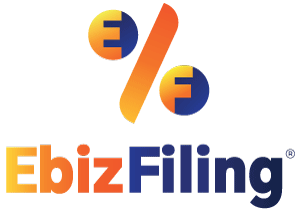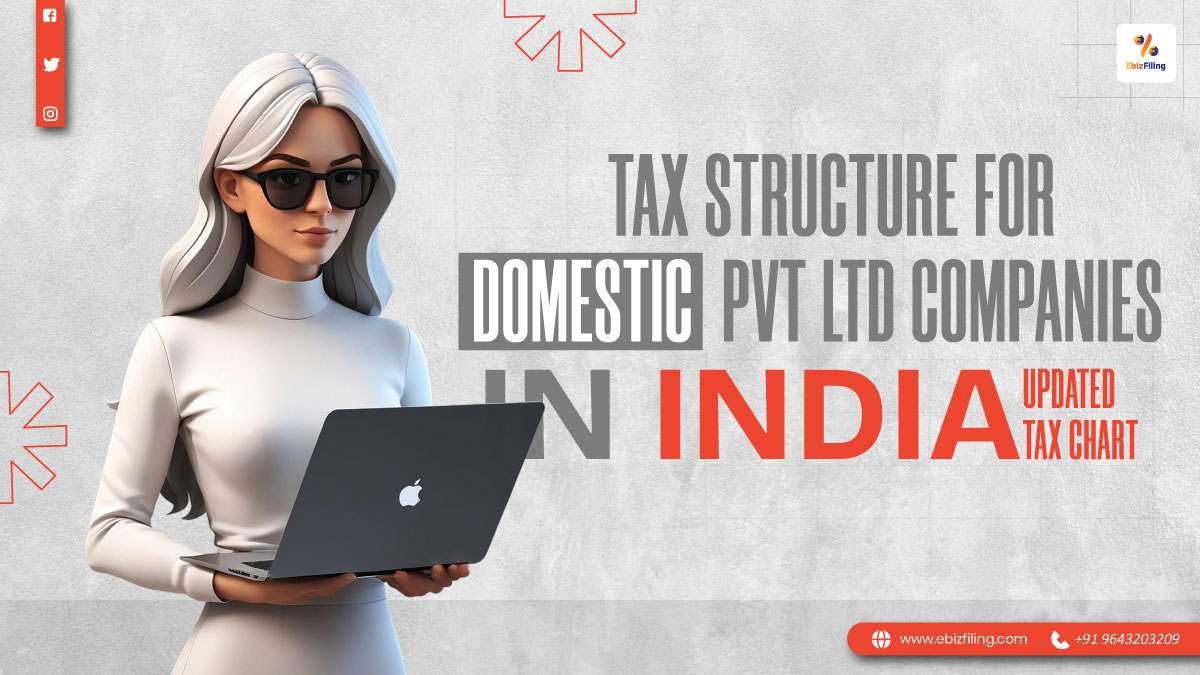Types of tax for Domestic Private Limited Companies (AY 2025-26)
Standard tax rate
- If your company made up to ₹400 crore last year, you pay 25% tax on your profits.
- If you made more than ₹400 crore, the tax rate is 30%.
- There’s also a special 22% tax rate option (under Section 115BAA). If you pick this, you can’t use some of the usual tax breaks.
Surcharge on Tax
- If your profit is more than ₹1 crore but less than ₹10 crore, there’s a 7% extra charge on the tax.
- If your profit is over ₹10 crore, that extra charge goes up to 12%.
Health and Education Cess
- On top of the tax and any extra charges, you’ll also pay a 4% fee for health and education.
Minimum Alternate Tax
- Sometimes, companies use tax breaks and end up paying very little tax. To make sure everyone pays something, there’s a thing called MAT (Minimum Alternate Tax).
- If your tax is really low, you’ll have to pay MAT, which is 15% of your book profits, plus the extra charges and the health and education fee.
- If you choose the 22% tax rate, you don’t have to worry about MAT.
Tax on dividends
- In the past, companies paid tax when they gave out dividends (a share of the profits). That’s changed.
- Now, when you get dividends as a shareholder, you pay tax on them based on your own income tax bracket.
- Essentially, companies need to keep these rules in mind to manage their taxes properly and stay within the law.
Goods and service tax
- It applies to all types of goods and services
- Depending on the category of goods and services, there are various tax rates; 5%, 12%, 18%, and 28% for specific goods and services.
TDS and TCS
- TDS means Tax Deduct at Source and TCS means Tax Collected at Source.
- Companies must deduct Tax Deducted at Source (TDS) on payments such as salaries, rent, professional fees, and contractor charges.
- On the other hand, Tax Collected at Source (TCS) is applicable to specific transactions, including the sale of scrap, minerals, and motor vehicles.
- Private Limited Companies must deduct Tax Deducted at Source (TDS) at prescribed rates for specified payments and file quarterly TDS returns. Failure to comply with these requirements may lead to penalties and interest charges.
Conclusion
Understanding the tax structure of a Domestic Private Limited Company is essential for compliance and financial planning. Companies are taxed at 25% or 30%, with an optional 22% rate under Section 115BAA, along with surcharge, cess, and MAT. Comparing taxation helps businesses choose the right structure. Staying informed ensures proper tax management and compliance with the Income Tax Act.
Suggested Read :
Statutory Audit For Pvt Ltd Company
Enterprises and Pvt Ltd Companies
ROC Compliance Form For Pvt Ltd Company
Advantages and disadvantages of Pvt Ltd Company
Monthly Compliance Requirements for Pvt Ltd Companies











December 17, 2025 By Steffy A
Private Limited Annual Filing: Notes and Documents Checklist Important Notes for Private Limited Annual Filing The professional fees mentioned are exclusive of penalties and taxes, if any. DPT-3 (Return of Deposits) is not part of the standard package, as applicability […]
September 27, 2025 By Dhruvi D
ROC Annual Compliance Calendar for Pvt Ltd Company FY 2024-25 Introduction Missing any ROC due date can lead to penalties, late fees, and the company losing its active status. Every Private Limited Company must adhere to the compliance calendar issued […]
November 4, 2025 By Dhruvi D
Tax Audit for Private Limited Companies : Rules, ICAI Guidelines, and Extended Due Date Introduction A Tax Audit ensures that the financial statements of a Private Limited Company meet the requirements of the Income Tax Act. It becomes mandatory under […]